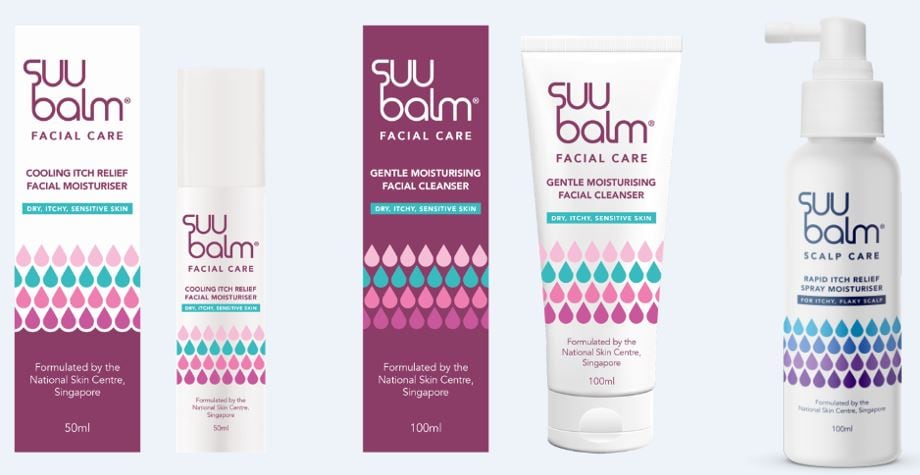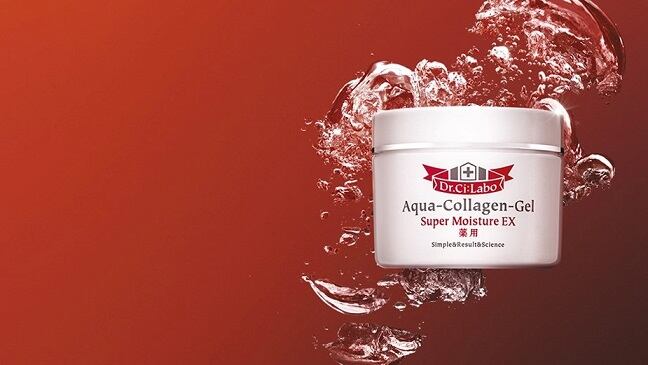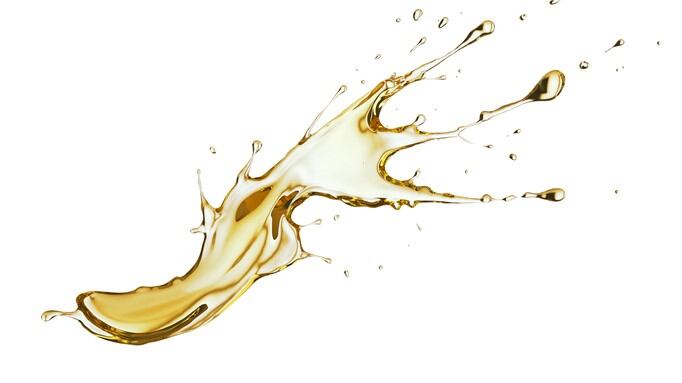1 – Beauty and the yeast: Shiseido study uncovers collagen-boosting potential of extract
Shiseido has found that yeast extract has the potential to keep skin capillaries healthy, which in turn boost collagen production and maintains skin elasticity.
The firm’s research team discovered this through its study of capillaries and its relation to skin elasticity.
This research was first presented at the International Federation of Societies of Cosmetic Chemists Conference 2019 in Milan where it won the top award in the Podium Presentation category.
Using the company’s original 3D visualisation technology, researchers studied subjects aged around 20 and 60.
Subjects in the 20s with high elasticity in their skin were found to have thick and dense structure of capillaries as compared to older subjects.
Additionally, they also observed that collagen was produced around capillaries.
2 – ‘Green and cost-efficient’: Tiny ‘springs’ found to break down microplastics safely
Australian researchers have developed a new approach to purging water sources of the scourge of microplastics without harming the environment by using carbon-based coils.
What’s more, these “carbon nanosprings” are magnetic, so they can be retrieved and used again, and may even provide an energy source for algae.
The scientist behind the coils says they are strong and stable enough to break down the microplastics into compounds that do not pose a threat to the marine environment, and they are small enough to tackle exfoliating beads from cosmetics that are simply too small to be filtered out by the water treatment system.
Often invisible to the eye, these microplastics are made from synthetic polyethylene plastic, and have been used for around 50 years in cosmetic products like cleansers and toothpastes.
"Microplastics adsorb organic and metal contaminants as they travel through water and release these hazardous substances into aquatic organisms when eaten, causing them to accumulate all the way up the food chain,” said Shaobin Wang, a professor of chemical engineering at the University of Adelaide.
3 – Texture trends: Discerning Asia’s geographical contrasts key to creating appealing products
Understanding the geographical and environmental difference between the regions within Asia is becoming increasingly important to create textures that resonate with Asian beauty consumers.
The climate in the warm equatorial region Asia differs greatly from the temperate North Asian countries and this results in varying preferences in terms of texture.
“In South East Asia, where it is warmer and more humid, consumers look for gel-type textures with fast-absorption rates. In the north, where there are four seasons, consumers may opt for cream textures to protect skin from drier weather,” explained Frederica Lam, regional marketing manager APAC, Lucas Meyer Cosmetics.
Lam believes cosmetic companies need to do more to better understand consumer preference and the different regions in Asia.
“I think we are still at the beginning, taking small steps towards better understanding exactly what textures the consumer wants in reference to their environment.”
For instance, there are subtle differences among countries within SEA.
4 – Waste wonder: Researchers to transform fungus for sunscreen and cherry for skin care
A consortium of researchers in South Australia and international companies are to embark on finding ways to turn swathes of crop waste into value-added products, including chitosans from unwanted mushrooms for sunblock and anthocyanins from cherries for skin care.
The A$10.9m ($7.4m) Agricultural Product Development Research Consortium, based at Adelaide University, was formed a year ago, but has now been given the green light to develop molecules from produce that cannot be sold to supermarkets that can be used commercially at scale, according to its lead investigator, Vincent Bulone.
Dr Bulone, a professor of glycomics at the university’s School of Agriculture, Food and Wine, will co-ordinate a team of 15-20 academics and 18 commercial and research partners in an initiative that is heavily funded by the South Australian state government. Following a year of legal legwork, the consortium launched on October 22.
His team will investigate a number of processes to repurpose agricultural waste for a range of industries. On the anvil will be ultraviolet-protective molecules that can be used as sunscreen by modifying different polymers with UV absorbing materials. The work stems from a study Dr Bulone published in 2015 that used chitosans extracted from shrimp shells and crabs.
5 – Sustainable keratin: Kiwi entrepreneur brings new value to crossbred wool through skin care
New Zealand-based brand Sub & Tarctic is using sustainable keratin from crossbred wool to fight the effects of urban stress and bring value back to rural sheep farmers.
Crossbred wool is not valued as highly as purebred wools like Merino and is being replaced by synthetic materials on the market.
According to Kimberley Bray, founder of Sub & Tarctic, the poor returns that farmers get from crossbred wool can severely affect the socioeconomic and environmental status of New Zealand.
“If we can’t find a way of supporting sheep farmers, they will look for alternative uses for the land that may not be as environmentally sensitive as what sheep farming can be,” she said.
Part of the company’s mission is to understand the available resources and use them in more interesting ways, said Bray.
The company based its products on a piece of research by Lincoln University and The New Zealand Wool Board which was looking for an alternative use for crossbred wool.





